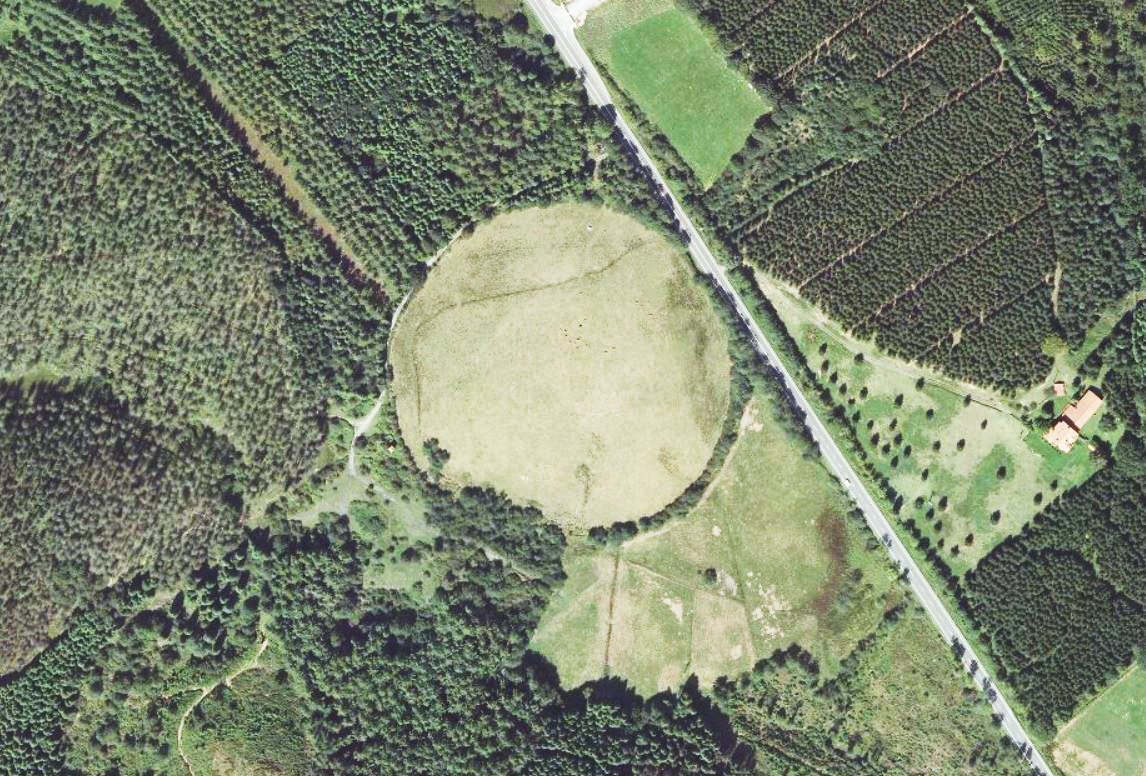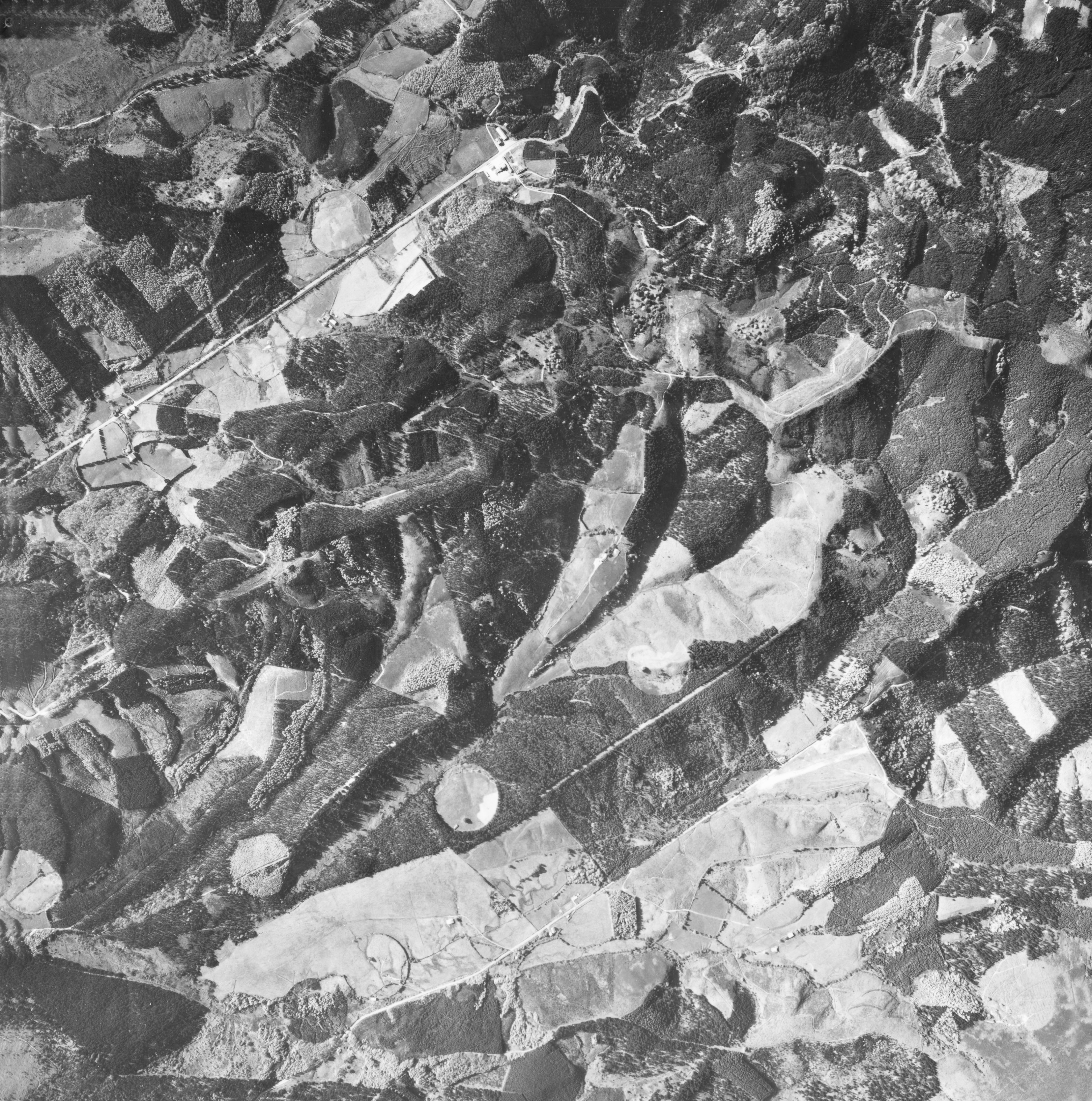Basque ethnography at a glance
The Spanish term sel and its Basque equivalents korta and saroi originally referred to marked off grassland where livestock in the care of a herder grazed. A pillar known as haustarria stood in the middle displaying a cross at the top. Four more boundary markers placed at the four cardinal points defined the site.
Such constructions were mostly circular in shape, although some might have square or rectangular floor plans. Winter cattle and sheep rangelands (korta nagusiak or korta osoak) were located in low, warmer areas, whereas summer pens (korta txikiak or korta erdiak) occupied higher altitudes. The Basque names give us a clear hint about their respective sizes: large or ‘full’ in contrast to small or ‘half’. Permits to use mountain pastures were traditionally accompanied by grazing rights on the lowlands of the region. In certain territories these ancestral pasture grounds were designated as available to serve as safe refuge for herds in the event of adverse weather conditions.
In the Basque Country we find them on the Atlantic side of the watershed and northern parts of the Mediterranean slope. In terms of their orientation, and as if seeking longer hours of exposure to the sun, a good many look to the east (egutera).
With the abandonment of the nomadic pastoral lifestyle, farmers and stockbreeders began to establish themselves, and a great deal of primitive communal pastures were divided and arranged into plots. Certainly, sel, soro and korta are words that have left a deep mark in the local toponymy and oiconymy. Iturriza, the historian, provided important data pointing out that in Bizkaia the dimensions of earlier grazing sites were similar to those of many farmsteads, the latter having actually been built on the former. Barandiaran later confirmed that in the Basque Country the sheds erected within previous pastureland would become farmhouses.
Barandiaran proved, from an archaeological view-point, ancient pasture enclosures recalled and reproduced the form of the prehistoric Pyrenean stone circles. The section of the country where primeval summer pasturage is found corresponds to high mountain meadows, in much the same way as happens with the dolmens and the stone circles of the Iron Age.
Segundo Oar-Arteta – Etniker Bizkaia – Etniker Euskalerria Groups
Translated by Jaione Bilbao – Language Department – Labayru Fundazioa
References for further information: Livestock Farming and Shepherding, part of the Ethnographic Atlas of the Basque Country; Luix Mari Zaldua. Saroeak Urnietan. Urnieta: Kulturnieta, 1996.



